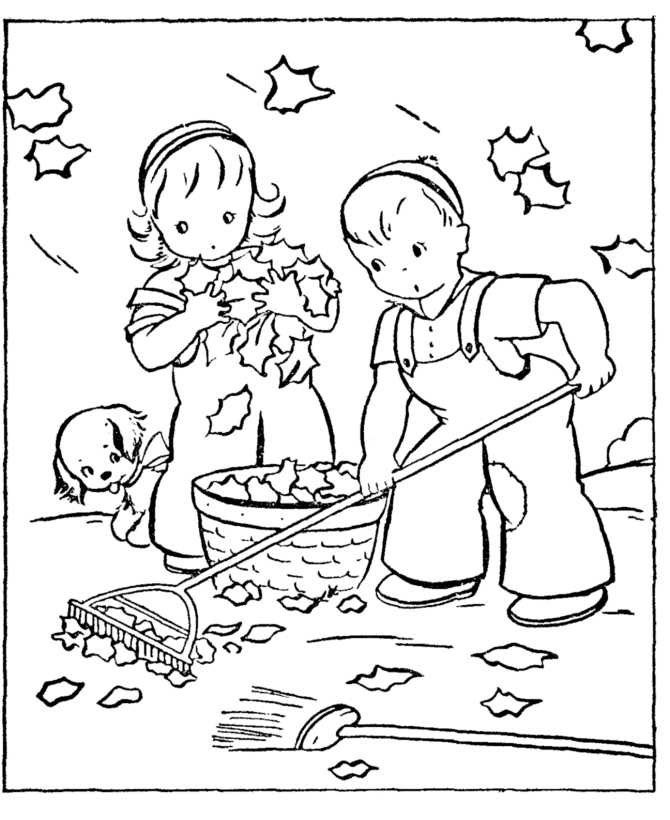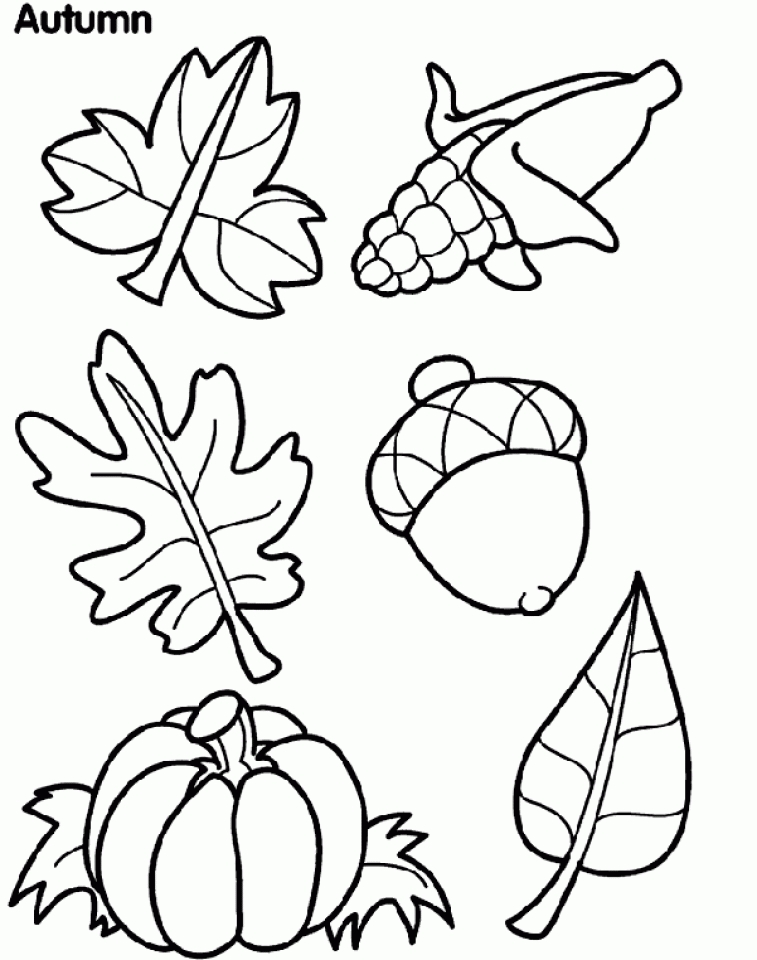

Oaks put on their colors long after other species have already shed their leaves. For example, sourwood in southern forests can become vividly colorful in late summer while all other species are still vigorously green. The timing of the color change also varies by species. Some leaves of some species, such as the elms simply shrivel up and fall, exhibiting little color other than drab brown. The color of maples leaves differ species by species:

(Forest Service photo)Ĭertain colors are characteristic of particular species: The carotenoids and anthocyanin that are present in the leaf are then unmasked and show their colors.īrilliant Fall leaves on the Superior National Forest. As night length increases in the autumn, chlorophyll production slows down and then stops and eventually all the chlorophyll is destroyed. Most anthocyanins are produced in the autumn, in response to bright light and excess plant sugars within leaf cells.ĭuring the growing season, chlorophyll is continually being produced and broken down and leaves appear green. Trees in the temperate zones store these sugars for the winter dormant period.īoth chlorophyll and carotenoids are present in the chloroplasts of leaf cells throughout the growing season. It is necessary for photosynthesis, the chemical reaction that enables plants to use sunlight to manufacture sugars for food.

Chlorophyll : Gives leaves a basic green color. They are water soluble and appear in the watery liquid of leaf cells. Anthocyanin: Gives color to such familiar things as cranberries, red apples, concord grapes, blueberries, cherries, strawberries, and plums. Carotenoids: Produces yellow, orange, and brown colors in such things as corn, carrots, and daffodils, as well as rutabagas, buttercups, and bananas. Leaf PigmentsĪ color palette needs pigments, and there are three types that are involved in autumn color: As days grow shorter, and nights grow longer and cooler, biochemical processes in the leaf begin to paint the landscape with Nature's autumn palette. None of the other environmental influences – such as temperature, rainfall, food supply – are as unvarying as the steadily increasing length of night during autumn. The timing of color changes and the onset of falling leaves is primarily regulated by the calendar as nights become longer. Three factors influence autumn leaf color: Although we don't know all the details, we do know enough to explain the basics to help you enjoy nature's multicolored display. (Forest Service Photo by Scott Bell) Science of Fall Colorsįor years, scientists have worked to understand the changes that occur in trees and shrubs during autumn. Beaver Ranger District, Fishlake National Forest.


 0 kommentar(er)
0 kommentar(er)
